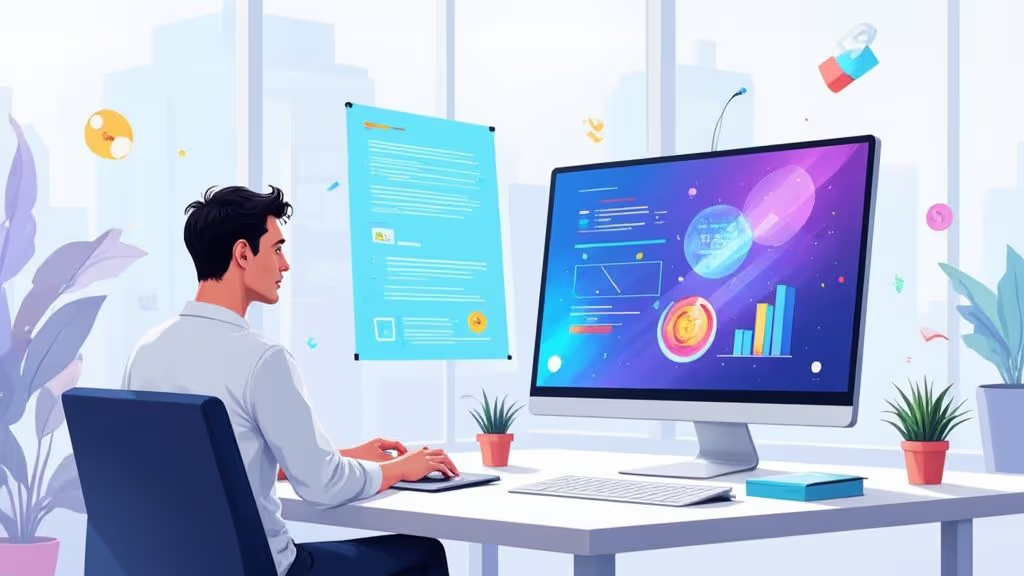Table of Contents
What are the benefits of explainer video production services?
An explainer video is a great way to communicate complex information in an engaging and easy-to-understand way. The videos can be used to increase brand awareness and build trust with your audience. They can be used to drive traffic to your website or landing pages. Also, explainer videos can be used to increase conversion rates.
What Are The Steps Involved In The Explainer Video Production Process?
This is the stage where you determine what your explainer video will be about, who your target audience is, and what message you want to communicate. You will also develop a script and storyboard for your video.
Production
This is the stage where you actually produce the video. This includes recording the voiceover, shooting the footage, and editing everything together.
Post-production
This is the final stage of production, where you add any finishing touches to the video (such as music or sound effects) and then export it in a format that can be shared online.
Creating Explainer Videos For Your Company - Highlighted Steps
The first step to creating an explainer video is to plan your video. You need to determine the purpose of your video and what you want to achieve with it. You also need to decide on the target audience for your video. Once you know these things, you can start planning the content of your video.
Scripting in explainer videos production
After you have planned your video, it's time to write a script. The script is the foundation of your explainer video and it should be well-written and engaging. Remember to keep your target audience in mind when writing the script.
Storyboarding in explainer videos production
Once you have a script, you need to create a storyboard for your video. This will help you visualize the scenes and shots in your video. Storyboarding is a critical step in the production process and it will help ensure that your video is well-organized and flows smoothly.
Animation in explainer videos production
After storyboarding, it's time to animate your explainer video. This is where you bring your storyboard to life with visuals and movement. There are many different styles of animation, so make sure to choose one that fits the tone and message of your video.
Voiceover in explainer videos production
The voiceover is one of the most important elements of an explainer video. It's the voice that will guide viewers through the video and explain the concepts you're trying to communicate.
Editing in explainer videos production
Once your explainer video is complete, it's time to edit it. This is where you'll add music, sound effects, and any other finishing touches that will make your video shine.
Distribution in explainer videos production
The last step in creating an explainer video is to distribute it. You need to make sure your video is seen by as many people as possible. The best way to do this is to upload it to popular video-sharing websites like YouTube and Vimeo. You can also share your video on social media sites like Facebook and Twitter.

Most Effective Tips to Create an Explainer Video
Explainer videos are becoming increasingly popular because they are an effective way to communicate information in a concise and engaging way. By using visuals and audio, explainer videos can break down complex topics and make them easier to understand. Additionally, the use of animation can add an element of fun and excitement that helps keep viewers engaged.
When done well, explainer videos can be extremely effective in getting your message across.
Here are some tips to create an explainer video that will be watched, shared, and talked about:
1. Keep it short and sweet
The average attention span is only 8 seconds, so it's important to make your point quickly. Keep your video under 2 minutes for the best results.
2. Use engaging visuals
Use strong visuals to help tell your story and keep viewers engaged. Animation is often used in explainer videos because it can add an element of fun while still conveying complex information effectively.
3. Use simple language in creating explainer videos
Avoid using jargon or technical terms that might not be familiar to your audience. Instead, use simple language that everyone can understand.
4. Tell a story in the videos
A good story will capture attention and hold interest better than a list of facts or statistics ever could. When creating your explainer video, think about how you can tell a story that will engage your viewers.
5. Make it relatable
Viewers are more likely to connect with a video that feels relevant to them. Find ways to make your video relatable to your audience and their specific interests.
6. Use emotion
Emotion is a powerful tool that can help you connect with your viewers on a deeper level. Use emotional elements in your video to help drive home your message.
7. Call to action
Include a call to action at the end of your video so viewers know what they can do next. This could be anything from visiting your website to subscribing to your email list.
8. Test and measure the explainer video
Always test and measure the performance of your explainer videos before you launch them publicly. This will help you fine-tune the details and ensure that you’re putting out the best possible product
How do you determine what type of explainer video is right for your product or service?
There are four main types of explainer videos: whiteboard, 2D animation, live action, and kinetic typography.
1. Whiteboard explainer videos
Whiteboard explainer videos are a type of video where the visuals are drawn on a whiteboard by an artist as the narrator explains the concept. This type of video is often used to simplify complex topics or ideas.
2. 2D animation explainer videos
2D animation explainer videos are a type of video where the visuals are created in two-dimensional space and then animated. This type of video can be used to bring abstract concepts to life or to tell a story in a more engaging way than live-action or whiteboard videos.
3. Live-action explainer videos
Live-action explainer videos are a type of video that uses real people and settings to communicate the message. This type of video can be used to show how your product or service works in a real-world setting.
4. Kinetic typography explainer videos
Kinetic typography is a form of animation that uses moving text to convey information or tell a story. This type of video is often used for educational purposes or to add an element of excitement or drama to an otherwise static message.
How do you ensure that your explainer video is successful?
The first step to a successful explainer video is to plan your video. You need to determine the purpose of your video and who your target audience is. Once you know these two things, you can start planning the rest of your video.
If your video gets high conversions and your product, service or brand is explaining enough in the video, you can say that the project was successful.
Get Camera Crew has many experiences with explainer videos. You can contact us to create successful explainer videos!

Explainer Video Production FAQ
What is the Purpose of Explainer Video Production?
The purpose of an explainer video is to educate viewers about a particular topic in an entertaining and easy-to-understand way. These videos can be used to promote a product or service, raise awareness about an issue, or simply provide information about something new or complex.
What is the Cost of Working With Best Explainer Video Companies
The cost of producing an explainer video will vary depending on the type of video you want, the length of the video, and the production company you use. Generally speaking, animated videos tend to be more expensive than live-action or whiteboard videos. The average cost for an animated explainer video is $3,000-$5,000 USD for a one-minute video.
What is the Process When Working With Best Explainer Video Companies
The process of creating an explainer video typically begins with a script. Once the script is finalized, the next step is to create storyboards or sketches that will be used to plan out the video's visuals. From there, the actual animation or live-action filming can take place. Finally, the audio for the video (voiceover and/or music) is added and any final touches are made before the video is complete.
How Long Does It Take to Make an Explainer Video?
-The length of the video: The longer the video, the more time it will take to produce.
-The complexity of the video: A more complex video with multiple animation elements will take longer to produce than a simple, straightforward video.
-The number of revisions: The more revisions you make, the longer it will take to finalize your video.
What is the average production time in create explainer videos
Most explainer videos range from 1-2 minutes in length. A 1-minute explainer video will typically take 4-6 weeks to produce from start to finish. A 2-minute explainer video will usually take 6-8 weeks to produce.


.avif)



